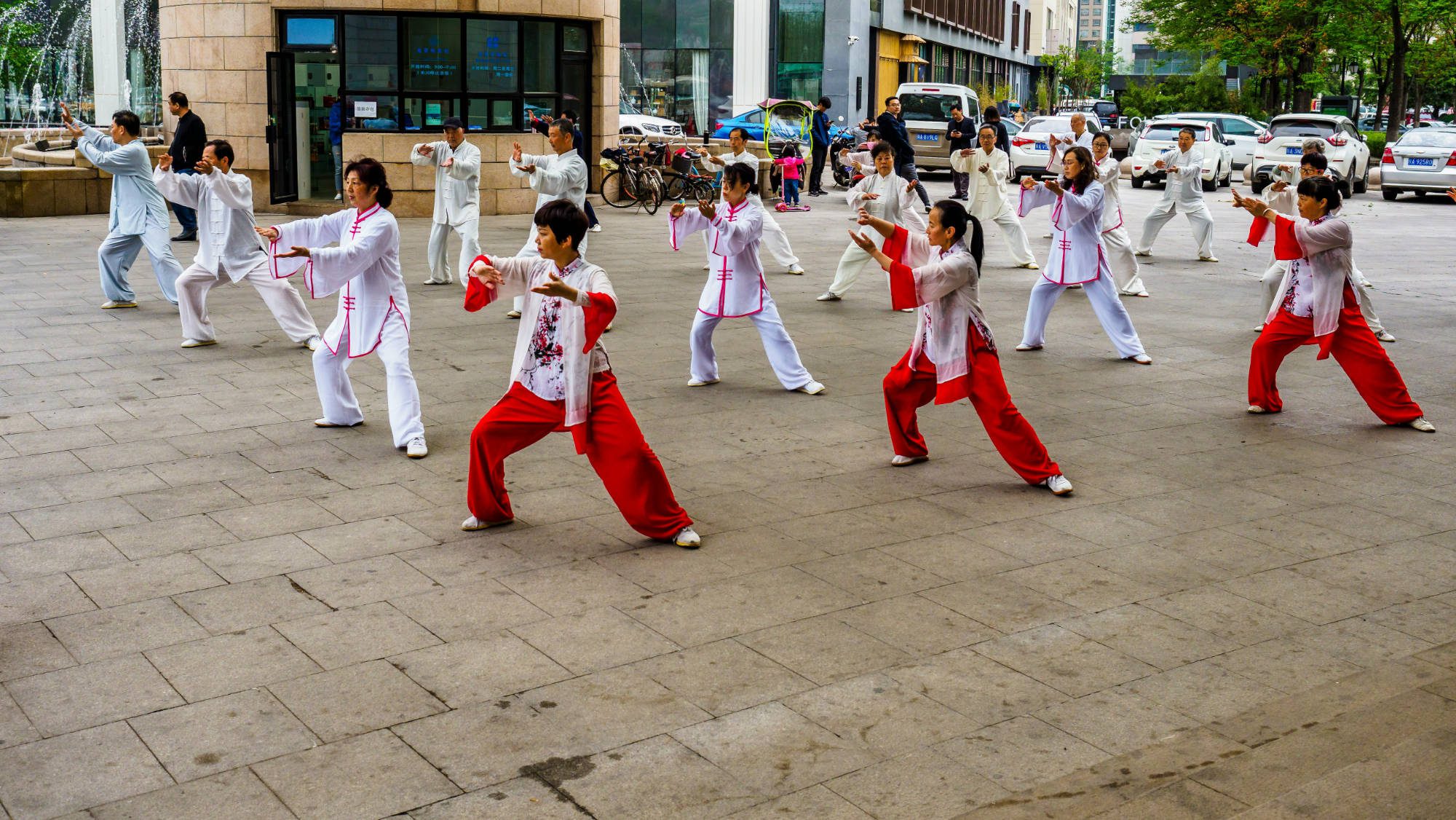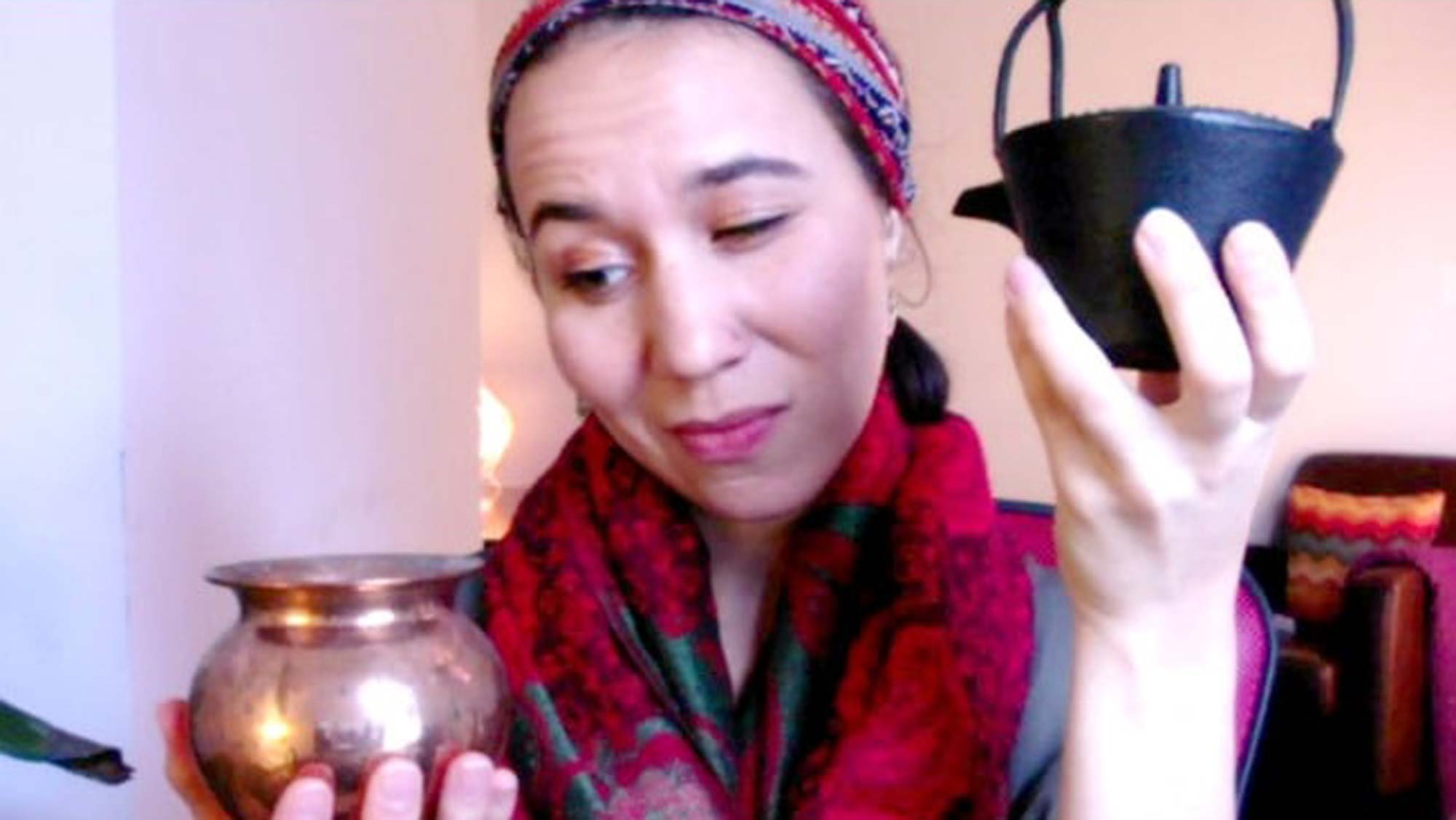Why do many people turn to meditation? They are interested in relieving their suffering.
Suffering comes in many forms—physical, emotional, and mental. As I mentioned in a previous article about finding a meditation style that is right for you, there are many meditative approaches to healing on all three of these levels.
In this article, I’d like to discuss a form of meditation that I’ve found to be very helpful for the emotional and mental levels of suffering. It centers around the concept of welcoming, or allowing things to be just as they are.
Beginning to meditate
When I first started meditation practice in 2000, I was suffering on all three levels—physically, mentally, and emotionally. Physically I was chronically tired and had a lot of GI distress, like gas, bloating, food sensitivities, and cloudy head and fatigue after eating; mentally, I was stuck in negative thoughts patterns and indecision; and emotionally, I was depressed, anxious, and fearful.
At that time, I began practicing qigong, a form of moving meditation from Chinese medicine that involves slow movements coordinated with breathing and mental focus on certain energy centers of the body. I also began practicing tai chi and yoga. Over time, these three meditative practices really helped with my physical symptoms. My digestion began healing, and my energy levels increased. My emotional and mental health also began improving.
Running into difficult emotions
I continued to practice these disciplines daily for about a year and a half. However, at a certain point, the continued practice of these moving meditation styles actually caused my thoughts and emotions to get worse. I was experiencing emotions and thought patterns that were actually more difficult to deal with than before.
Little did I know at the time, I was actually on the right track.
I didn’t know how to deal with those emotions and thoughts, so I stopped my practices, and over the next several years, would go in and out of regular meditation practice, stopping when things got too hard to handle. Eventually, I finally arrived at an understanding of how to work with these difficult emotions and thoughts. I was first introduced to this understanding through the teaching of Adyashanti.
Allowing things to be, just as they are
In his book,True Meditation, Adyashanti describes his approach to meditation. For him, meditation consists of allowing things to be, just the way they are. When a thought, emotion, or physical sensation arises, the practice is to allow it to be there in our consciousness, not making any attempt to make it better, change it, or otherwise alter or resist it.
This might seem contrary to many other approaches to meditation, which emphasize controlling and stilling the mind.
The bull in the field
Adyashanti relates an analogy from Suzuki Roshi, a famous Zen teacher who lived in Northern California. Suzuki Roshi compared the normal state of mind to keeping an angry bull in a small pen. The bull will be constantly bouncing off the walls. This is like the state of mind that develops when we try to suppress our emotions or thoughts. When we genuinely allow our thoughts to just be, as they are, it’s like moving the fences of the pen so that now, the bull has a full 50 acres to roam. For a while, the bull will still crazily run around, huff and puff. But eventually, he’ll get tired, stop, and lie down to rest. This is what eventually happens to the mind and emotions.
Not Suppressing or Expressing
As we begin to allow our emotions and thoughts to just be there, they can sometimes grow in intensity. This can be especially difficult when it comes to emotions and thoughts that cause us suffering. One tendency is internalize them, to push them away, lock them down, or otherwise suppress them. Or, the tendency may be to deal with them by acting the feelings out, or through actions that allow us to avoid the feelings and thoughts. An example would be eating or watching TV to avoid the emotions, or yelling and screaming to express and release the emotion or thought.
When we make the choice to neither suppress, nor express / act on the emotion or thought, we are stuck with the thought or emotion itself.
Courage
At this point, Adyashanti suggests courage. It can be very unsettling and scary to face thoughts and emotions that you don’t want to face. However, when faced—without suppressing them, and without expressing them—we give the emotions and thoughts an opportunity to be fully heard inside. This can lead to freedom and peace.
About the Author
Jeremy was the founder of Transformational Acupuncture. He has a passion for helping people transform their lives and health in ways that are safe, gentle, and sustainable. Since 2004, he has successfully helped clients with a wide variety of emotional, mental, and physical health complaints.







